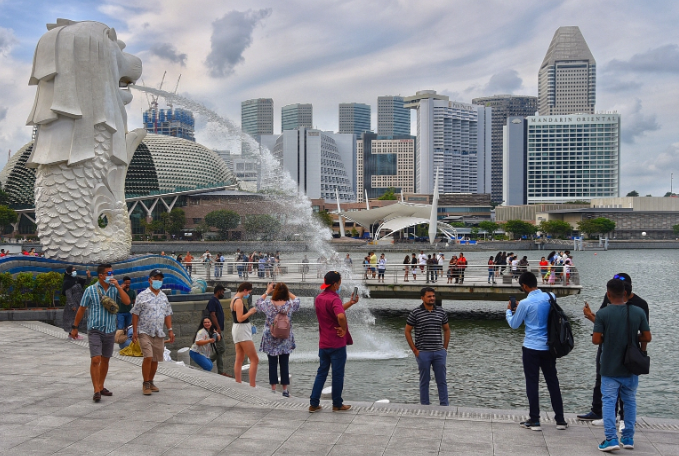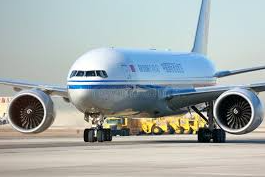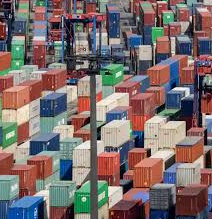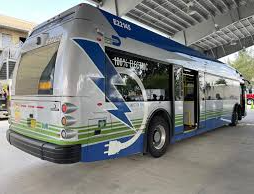Significant Growth in High-Net-Worth Individuals Expected
By 2030, over 13% of adults in Singapore will possess wealth exceeding US$1 million (S$1.38 million), according to an HSBC report titled The Rise of Asian Wealth released on 16 August. This figure surpasses the proportions in the United States, China, and 12 other Asia-Pacific economies.
Rising Number of Millionaires
The report anticipates Singapore’s millionaire share to grow from 7.5% in 2021 to 9.8% in 2025 and further to 13.4% by the decade’s close. This group includes both citizens and permanent residents. In absolute terms, Singapore’s millionaire population is forecast to increase from 400,000 to 700,000 by 2030.
Leading the Wealth Rankings
Currently, Singapore has the second-largest share of millionaire adults at 7.5%, trailing Australia (8%) but ahead of Taiwan (5.9%). By 2030, Singapore is predicted to lead at 13.4%, followed by Australia at 12.5% and Hong Kong at 11.1%. In contrast, just 4% of adults in mainland China and under 1% in India are expected to reach millionaire status by then.
The U.S. will see 8.8% of its adult population achieving millionaire status by 2030, while China and India are forecasted at 4.4% and 0.5%, respectively. Countries like South Korea, New Zealand, and Taiwan will also boast higher proportions of millionaires than the U.S., attributed to favourable wealth distribution and economic development.
Wealth Beyond Millionaires
Singapore will also experience a rise in the proportion of residents with net wealth exceeding US$250,000 (S$346,000), reaching 67% by 2030, an increase of 10 percentage points since 2021. This percentage places Singapore second in the region, after Australia at 70.8%.
By 2030, China will see its population with at least US$250,000 in wealth double to 350 million, while India’s equivalent figure could triple to 57 million.
The determinants of wealth include deposits, bonds, equities, pension fund assets, insurance investments, and real estate holdings after accounting for mortgages, as detailed in the report comparing 15 regional economies.








